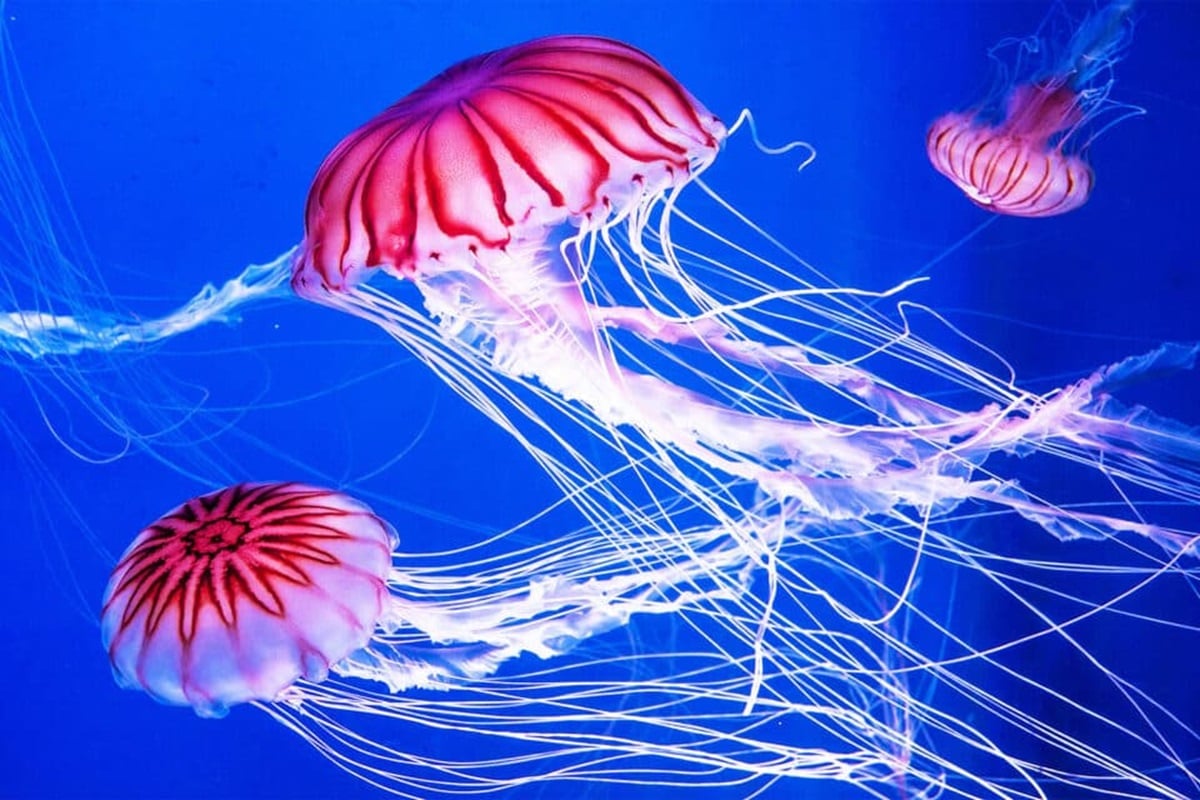As climate change reshapes marine ecosystems, jellyfish are among the few species poised to flourish. Researchers predict a significant northward expansion of their habitats by the century’s mid-point, with the lion’s mane jellyfish potentially tripling its domain, altering the marine food web and affecting Arctic fish populations.

The Rise of Ocean Jellification
The phenomenon of “ocean jellification” refers to the potential shift from a fish-dominated food web to one overrun by jellyfish. This shift is fueled by higher water temperatures, nutrient pollution, and overfishing, favoring jellyfish and other gelatinous zooplankton.
Arctic Jellyfish Research at AWI
The Alfred Wegener Institute’s team, led by Dmitrii Pantiukhin, is delving into the impact of climate change on Arctic jellyfish. Their research is crucial as these gelatinous creatures are often neglected in ecological studies, despite their significant role in marine food webs.
Projecting Jellyfish Distribution Amidst Climate Change
Utilizing three-dimensional species distribution models, the AWI researchers have projected the future distribution of Arctic jellyfish species. Their findings suggest a dramatic expansion for most species, with implications for the entire Arctic ecosystem.
The Implications for Arctic Fish Populations
The expansion of jellyfish habitats could exert additional pressure on Arctic fish stocks, such as the polar cod. The predation of fish larvae and eggs by jellyfish may hinder the recovery of these already stressed fish populations.
Leave a Reply